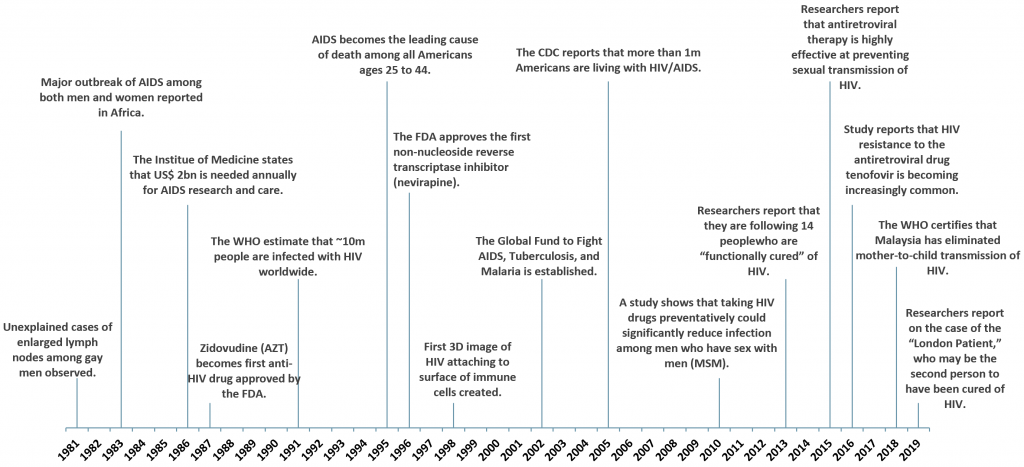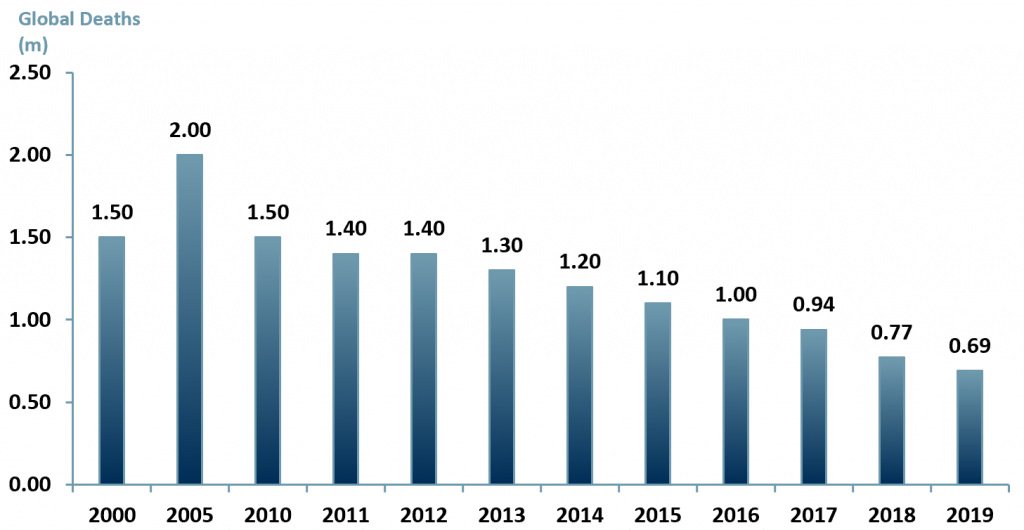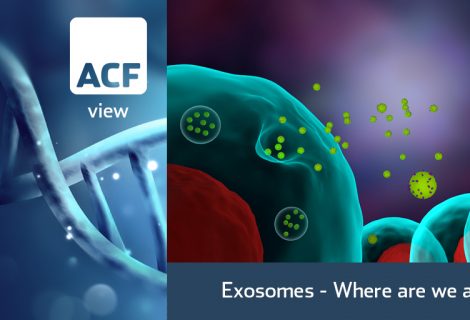Camelids’ nanobody-based drug promises
Small nanobodies have been discovered recently by researchers in camelids. The Karolinska Institute in Sweden has developed a Covid-19 nanobody-based drug.
- The immune systems of camelids, such as llamas and alpacas, produce tiny “nanobodies”. Researchers (from the University of Bonn, the Karolinska Institute and Scripps Research Institute) believe they are useful for treatments of diseases where other ‘traditional’ antibodies are not.
- The researchers fused together one nanobody from a llama and one from an alpaca with SARS-CoV-2. They found that they were able to manufacture nanobodies that could attack the C-19 spike protein. These engineered nanobodies are more than 100x more efficient in neutralizing the virus than traditional nanobodies.
- In a more recent study, SARS-Cov-2 in addition to an inactivated virus, was injected into a llama and an alpaca. The nanobodies appeared to trigger a key structural change when bound to the virus, i.e. preventing the virus from binding to host cells and infecting them.
- The camelids’ antibodies have proven effective against mutated variants of the SARS-CoV-2 – preventing the virus from becoming resistant.
- DiosCURE Therapeutics (a German healthcare company) is designing clinical trials for this year with plans to accelerate the development of its COVID-19 candidates – DIOS-202 and DIOS-203.
- DiosCURE hopes that the nanobody-based drugs could be used to treat infected Covid-19 patients or as an alternative to vaccines for prevention.
Antibodies are proteins used by the immune system to identify, bind and neutralise pathogens such as viruses and bacteria.
A nanobody is a fragment of an antibody, or single-domain antibody. Like an antibody it is able to bind to antigens.
From monoclonal antibodies to camelids’ nanobodies based-drugs, there is need for increased R&D development and funding. This is not specific to Covid-19 but for all viruses and life threatening diseases.
The need to improve Covid-19 treatment R&D is as follows:
- Microbial scale organisms can mutate very quickly. A mutation can occur in a gene changing the DNA sequence, the structure of the protein and an individual microbes phenotype (by way of example in humans phenotypes are observable traits – height, eye colour, blood type).
- Therefore, when tackling a pandemic, or any disease, it is important not to rely on just one single solution. Addressing a problem with many approaches is a more sensible way.
An example of addressing an issue with multiple approaches is the HIV/AIDS epidemic. Within five years of the first case, in 1986 the Institute of Medicine declared that US$ 2bn was needed annually for R&D. Over the next 40 years (in exhibit 1 below) we can observe the Evolution of HIV treatment as a result of continued R&D. The result of this extended effort so far is to turn HIV from an almost dead cert killer into a manageable long term condition that does not lead to mortality.
Exhibit 1 – The Evolution of HIV Treatments
 Sources: ACF Equity Research Graphics, amfAR
Sources: ACF Equity Research Graphics, amfAR
Due to continued efforts to find a long-term treatment through extensive R&D, the number of global AIDS-related deaths has decreased by 60% to 690,000 in 2019, down from its peak of 1.7m in 2005. (exhibit 2). In developed economies it is no longer a killer.
Exhibit 2 – AIDS-related deaths 1990-2019
 Sources: ACF Equity Research Graphics, UNAIDS
Sources: ACF Equity Research Graphics, UNAIDS
Consistent R&D for HIV/AIDS has proven to save lives as well as develop many effective treatments in order to maintain and prolong the quality of life.
For Covid-19 the healthcare sector and companies like #Dioscure that are beginning clinical trials this year, will need consistent support to win the Covid fight and continue to expand on their research.
It is inevitable that multiple variants of SARS-CoV-2 will continue to emerge and become widespread, as we are currently observing in the UK and South Africa. It is notable that most lethal pandemics in recent history caused the most deaths in their second and third waves – due to evolution of variants and…quite possibly…human complacency. C-19 appears to be running the very same course.
While governments are providing assistance to keep economies and capital markets running smoothly, it is probably wise to provide additional bespoke support to various sub-sectors within healthcare. It is certainly a case for ethical funds and ethical investors to consider.
Author: Anne Castagnede – Anne leads the Sales & Strategy Team at ACF Equity Research. See Anne’s profile here
















